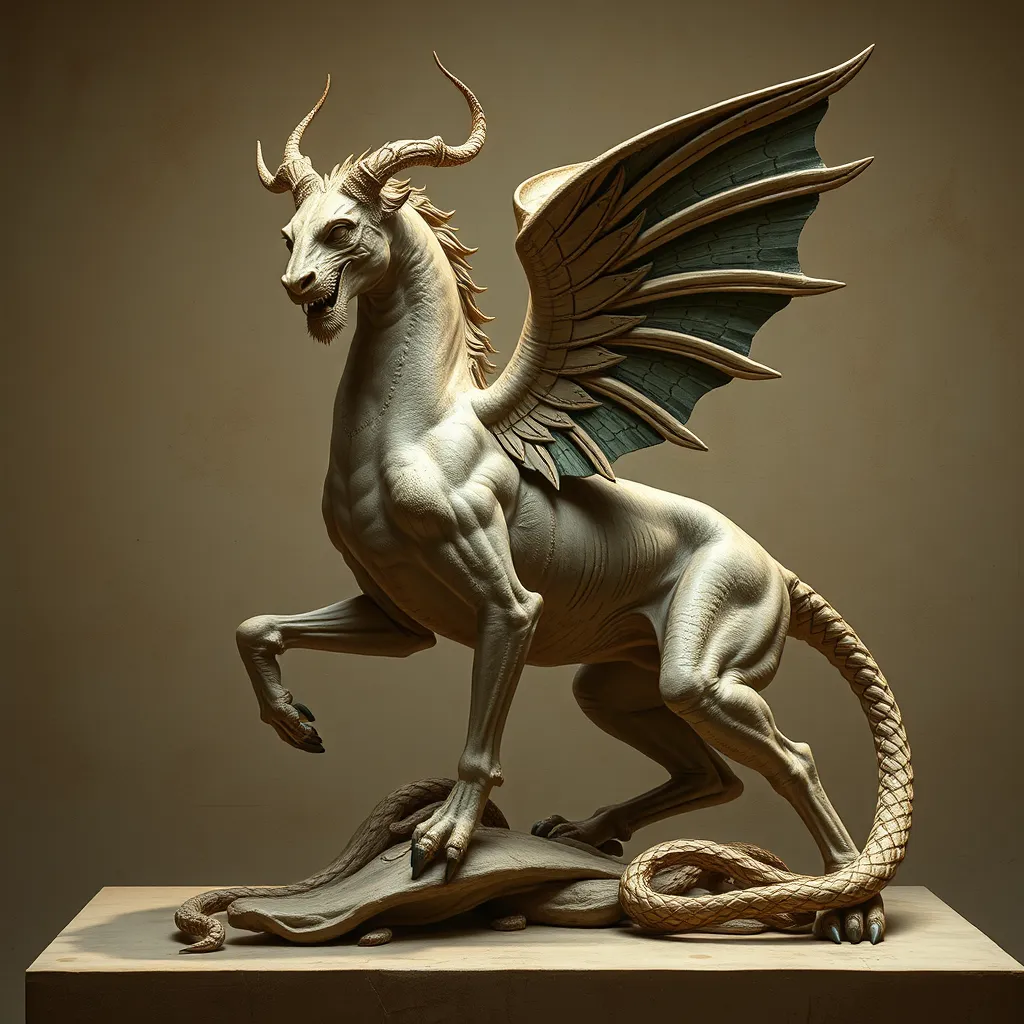The Serpent and the Buddha: Tales of Encounters between Naga and Humans
I. Introduction
The Naga, a mythical serpent-like being, holds a prominent place in various mythologies across Asia, particularly within Buddhist traditions. These beings are often depicted as guardians of water and treasure, embodying both the protective and fearsome aspects of nature. In Buddhism, the Naga’s significance is amplified, as they are intertwined with the life of the Buddha and the preservation of his teachings. This article seeks to explore the rich tapestry of Naga encounters with humans, particularly in the context of Buddhism, highlighting their dual nature, historical background, and cultural interpretations.
II. The Naga: A Symbol of Duality
A. Description of Naga in Various Cultures
Naga are depicted differently across cultures:
- In Hindu mythology, they are often seen as divine beings associated with water, fertility, and protection.
- In Southeast Asian traditions, Naga are revered as ancestral spirits and guardians of local communities.
- In some cultures, they represent chaos and danger, embodying the unpredictable aspects of nature.
B. The Representation of Naga in Buddhism: Protector and Adversary
In Buddhist lore, Naga serve dual roles:
- As protectors of the Buddha and his teachings, ensuring that the Dharma is preserved.
- As adversaries, often representing obstacles that practitioners must overcome on the path to enlightenment.
C. Dual Nature of Naga: Benevolent and Malevolent Aspects
The Naga embodies a duality that reflects the complexities of life. They can be:
- Benevolent beings who assist the Buddha and his followers.
- Malevolent forces that challenge the spiritual seeker, representing internal and external struggles.
III. Historical Context of Naga in Buddhist Texts
A. Ancient Texts and Scriptures Featuring Naga
Naga are mentioned in several ancient Buddhist texts, such as:
- The Pali Canon, where they are depicted as protectors of the Buddha.
- The Jataka tales, which recount stories of the Buddha’s previous lives involving Naga.
B. Naga in the Context of Early Buddhist Teachings
The portrayal of Naga in early Buddhist teachings reflects local beliefs, indicating a blend of indigenous spirituality with Buddhist doctrine. Naga were often seen as embodiments of natural forces, and their inclusion in Buddhist narratives served to integrate local cultural elements into the religion.
C. Influence of Local Beliefs on Naga’s Portrayal
As Buddhism spread across Asia, the representation of Naga adapted to fit local customs:
- In Thailand, Naga are depicted as protectors of the water and are associated with kingship.
- In Myanmar, Naga are linked to the spiritual realm and often appear in local folklore.
IV. Key Encounters Between Naga and Humans
A. The Story of the Buddha and the Naga Mucalinda
One of the most famous stories involves the Naga Mucalinda, who sheltered the Buddha from a storm. As the Buddha meditated under a tree, Mucalinda emerged from the water, coiling around him and using his hood to shield him from rain. This encounter symbolizes the protection of the Buddha’s teachings and the reverence Naga have for enlightened beings.
B. Other Notable Naga-Human Interactions in Folklore
Various other tales highlight the relationship between Naga and humans, such as:
- The story of the Naga Princess who fell in love with a human prince.
- Legends of Naga guarding sacred treasures or relics, often involving quests undertaken by brave individuals.
C. Lessons Learned from These Encounters
The encounters between Naga and humans often impart moral lessons, including:
- The importance of compassion and understanding towards all beings.
- The recognition of one’s inner struggles and the need for personal growth.
V. The Naga as a Guardian of the Buddha’s Teachings
A. The Role of Naga in Preserving Sacred Texts and Relics
Naga are often depicted as guardians of sacred texts and relics, ensuring that the Buddha’s teachings are not lost to time. This protective role underscores their importance within the Buddhist tradition.
B. Symbolism of Naga as Protectors of the Dharma
The Naga’s association with water and treasure symbolizes the nurturing aspect of the Dharma—just as water sustains life, the teachings of the Buddha nourish the spiritual journey of practitioners.
C. Artistic Representations of Naga in Buddhist Art
In Buddhist art, Naga are often depicted in various forms:
- Statues and carvings that showcase their protective nature.
- Mural paintings illustrating key encounters between Naga and the Buddha.
VI. Cultural Interpretations of Naga Stories
A. Variations in Naga Tales Across Different Buddhist Cultures
Naga stories vary significantly across cultures, reflecting local values and beliefs:
- In Tibetan Buddhism, Naga are often associated with water spirits and the environment.
- In Thai culture, they are linked to royal symbolism and the monarchy.
B. Impact of Local Customs and Beliefs on Naga Narratives
Local customs influence the narratives surrounding Naga, leading to unique adaptations that resonate with specific communities.
C. The Role of Oral Tradition in Preserving Naga Stories
Oral tradition plays a crucial role in the preservation of Naga stories, allowing cultural nuances to be passed down through generations, enriching the understanding of these mythical beings.
VII. Modern Relevance of Naga Tales
A. Naga in Contemporary Buddhism and Spirituality
In modern Buddhism, Naga continue to be relevant, often symbolizing the challenges faced by practitioners in their spiritual journeys.
B. Naga as a Metaphor for Personal and Societal Challenges
Naga stories serve as metaphors for overcoming obstacles, both personal and societal, encouraging individuals to confront their fears and uncertainties.
C. The Significance of Naga Stories in Modern Storytelling and Arts
Contemporary storytelling and art draw inspiration from Naga tales, reflecting their enduring legacy as symbols of complexity and duality in the human experience.
VIII. Conclusion
The Naga holds a significant place in Buddhist tradition, embodying a complex interplay of protection, challenge, and spiritual growth. Through the encounters between Naga and humans, valuable lessons about compassion, resilience, and the importance of the Dharma emerge. As these stories continue to resonate in modern culture, they remind us of the timeless nature of the struggles we face on our path to enlightenment.




